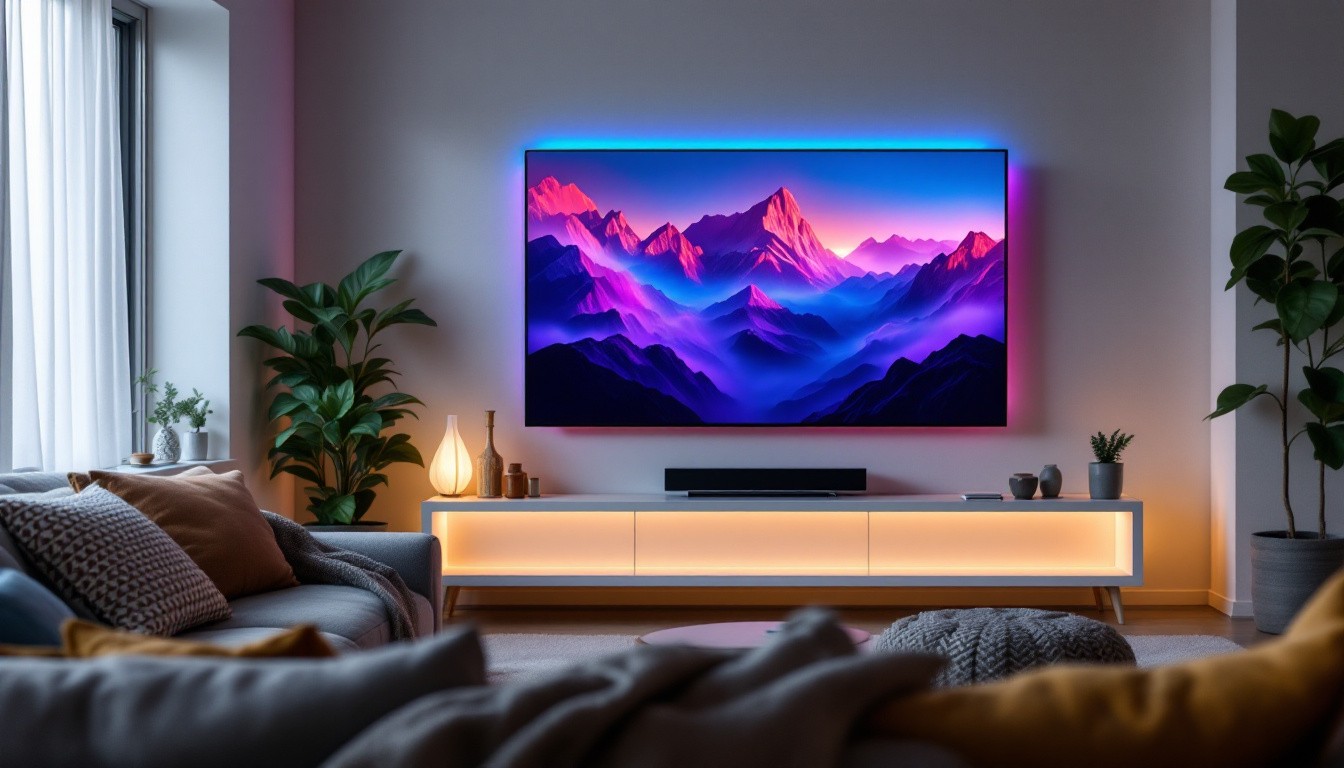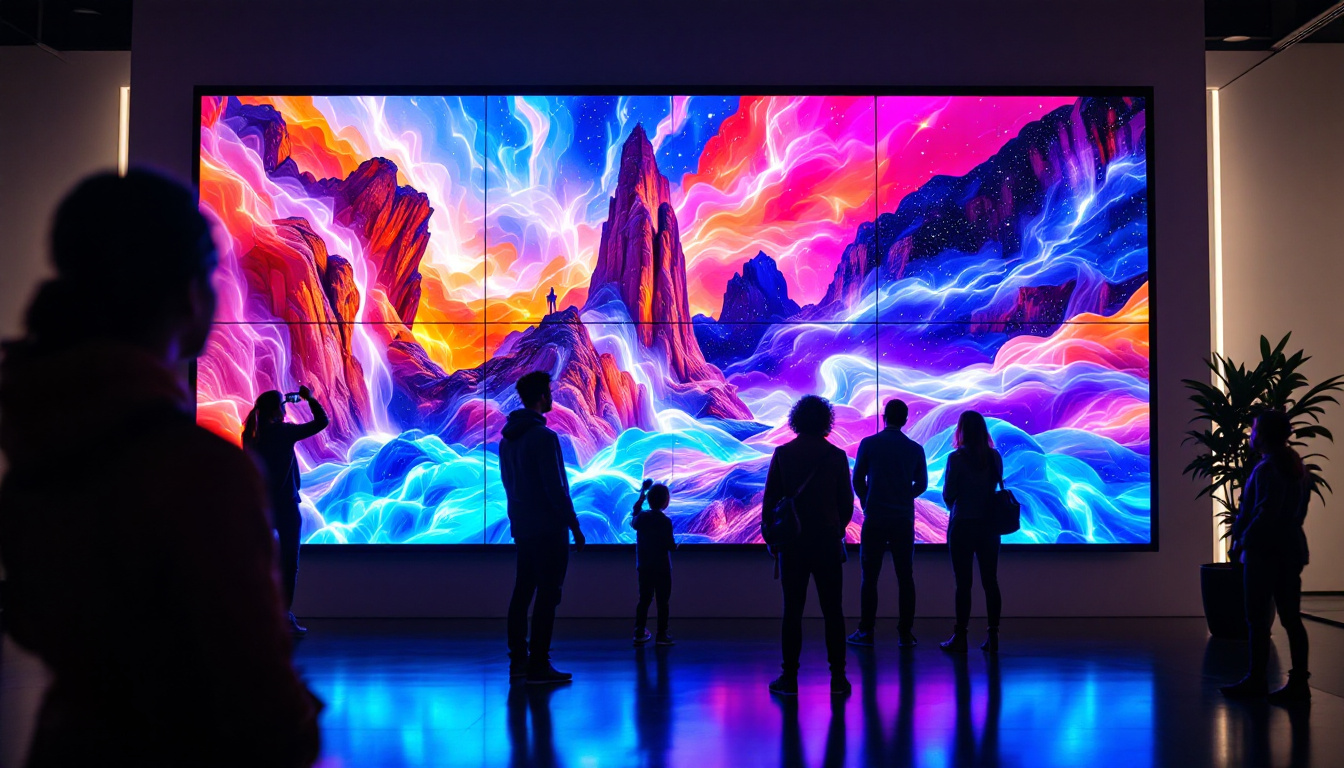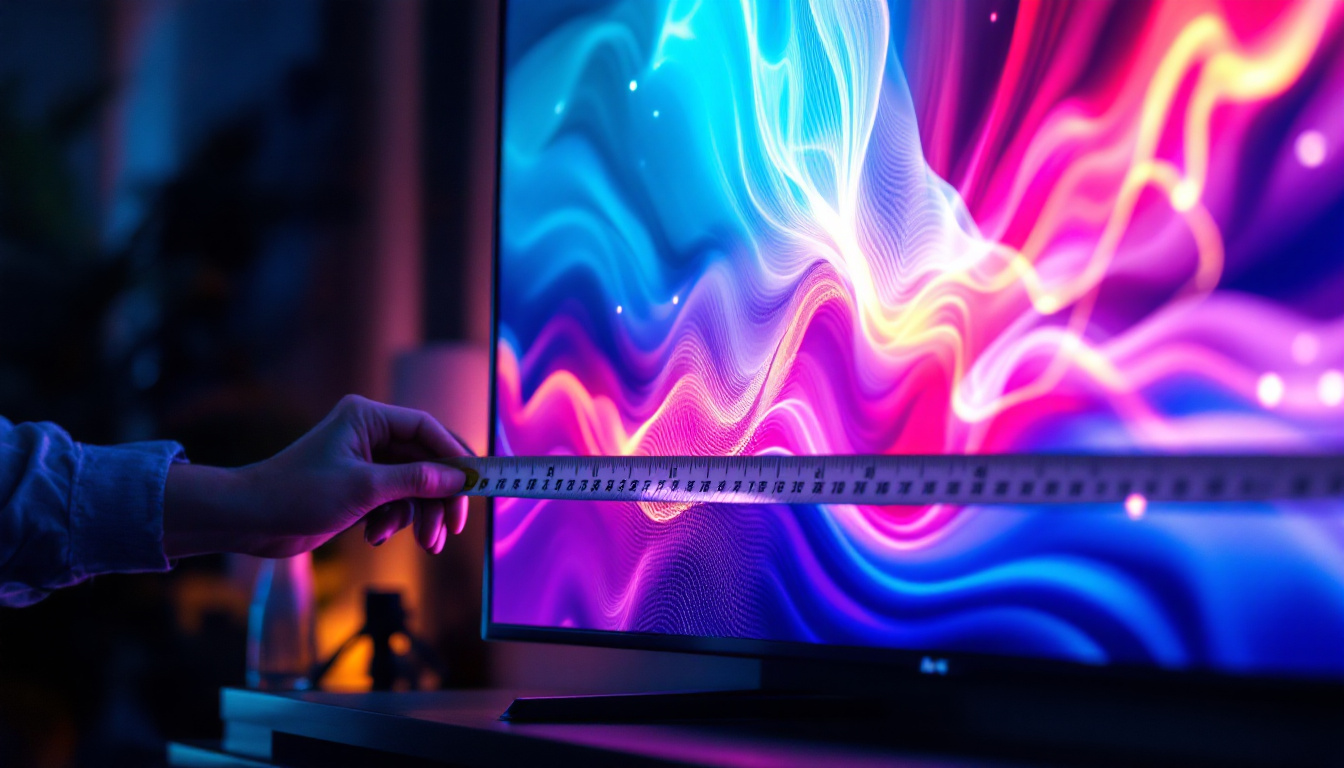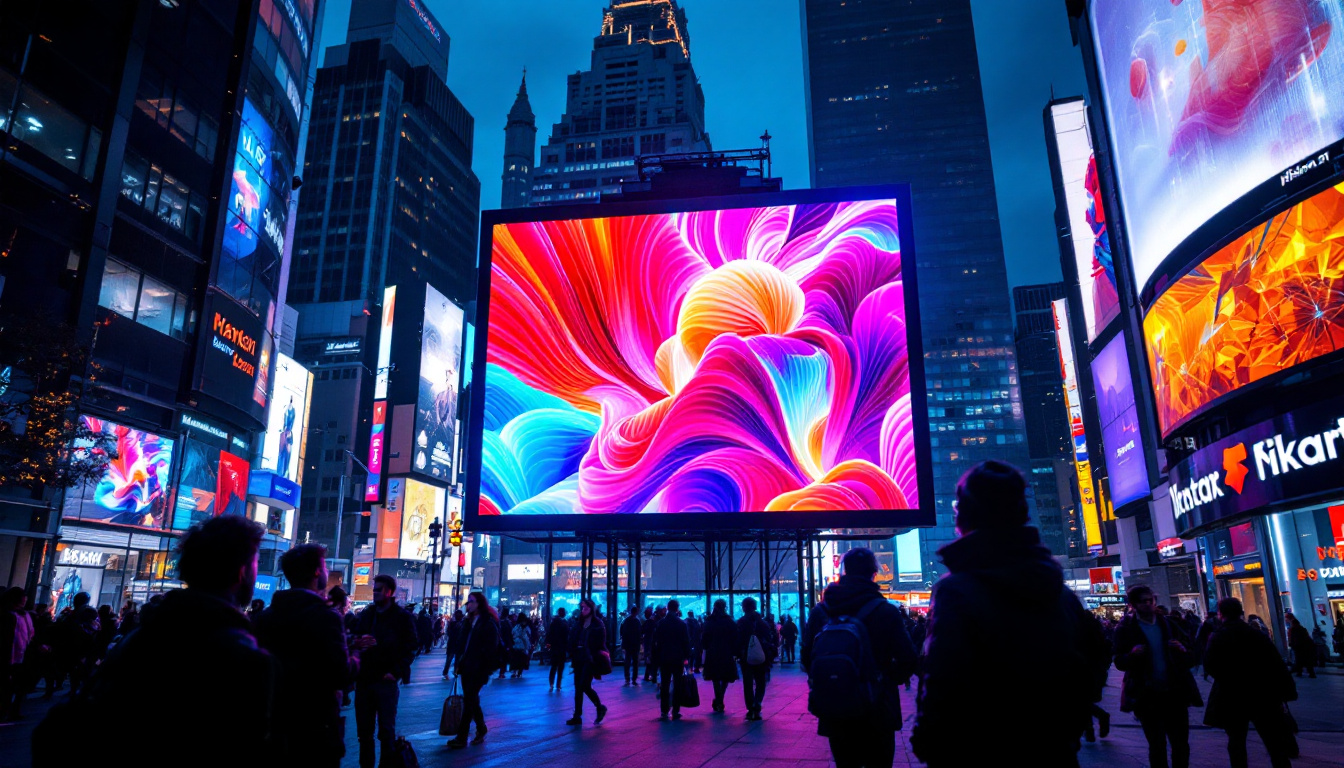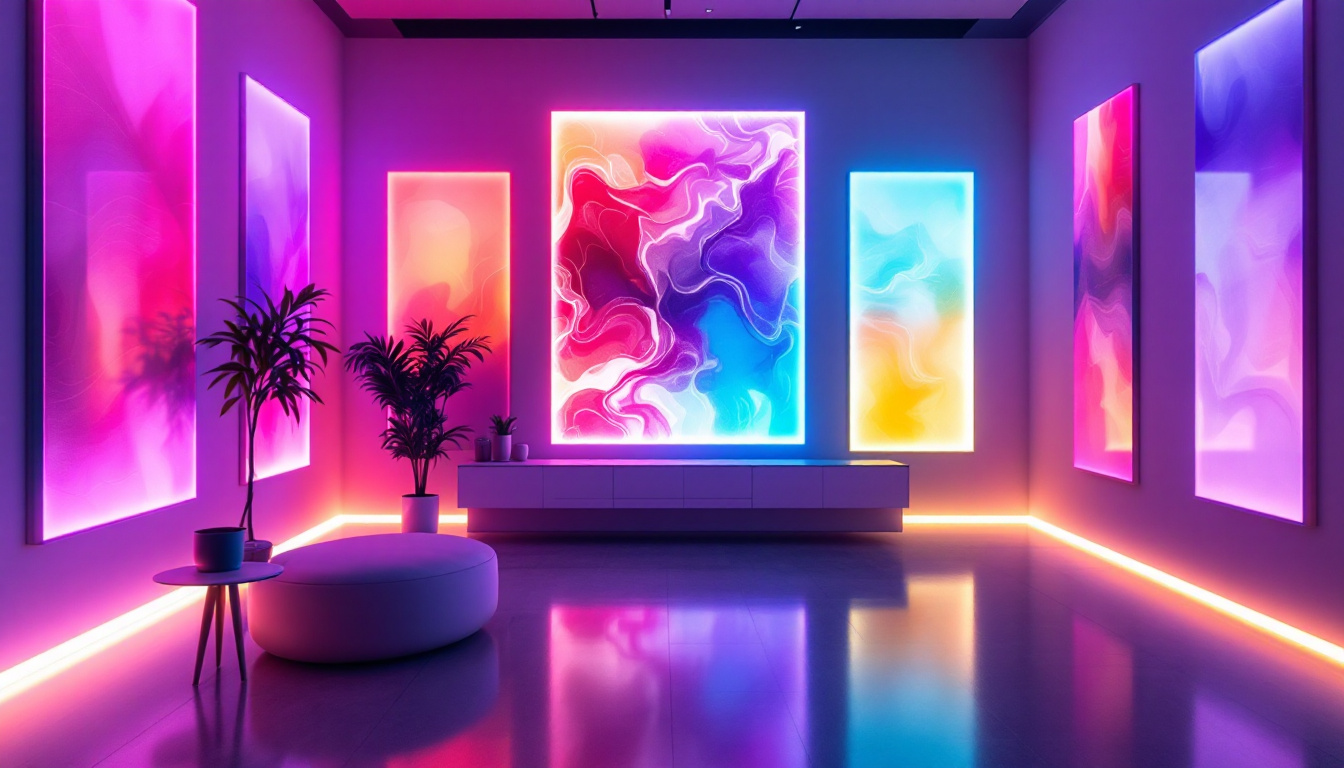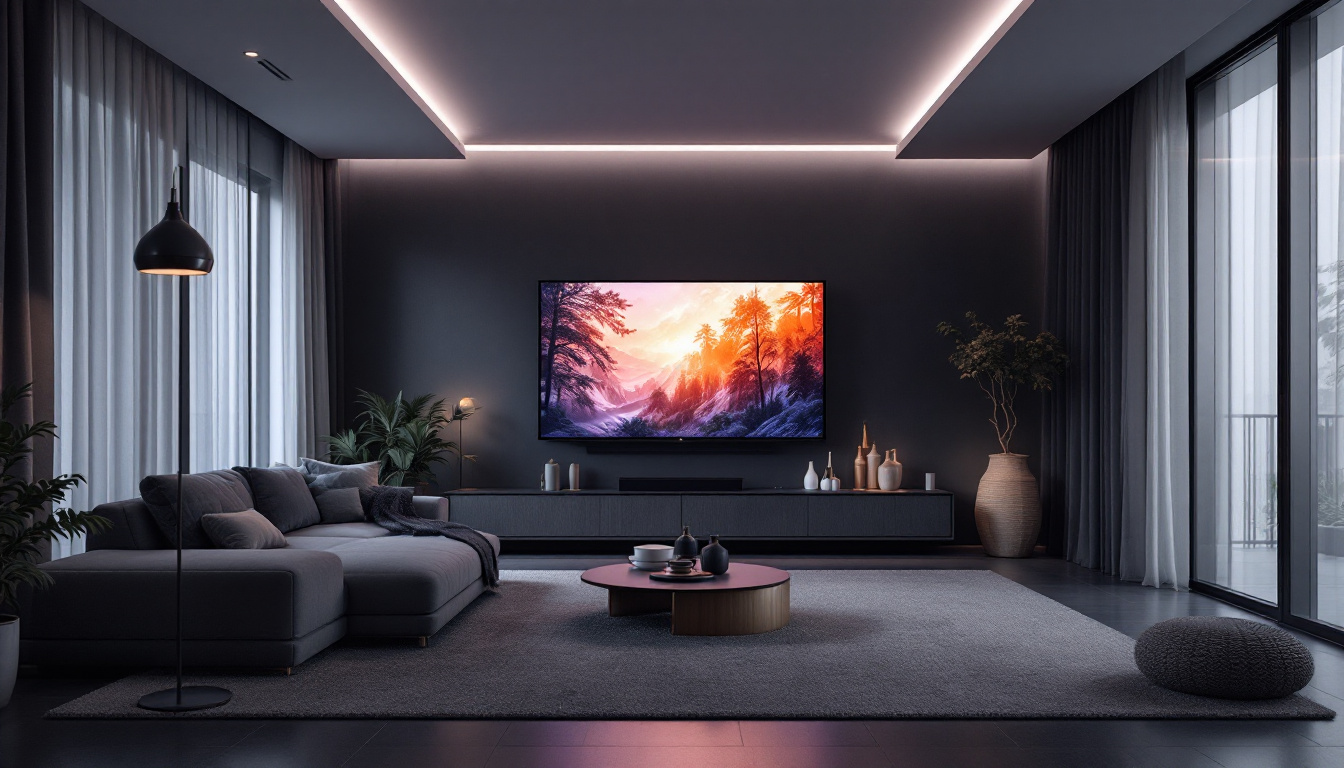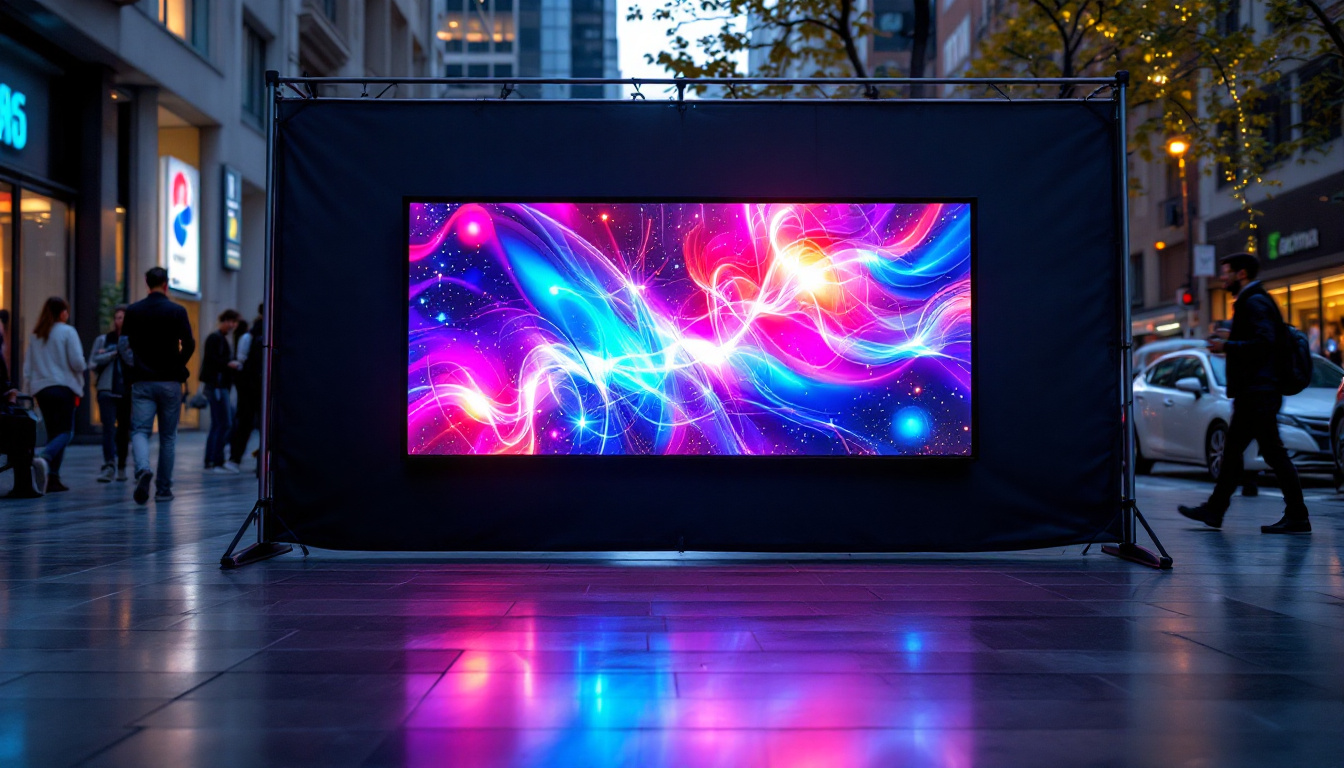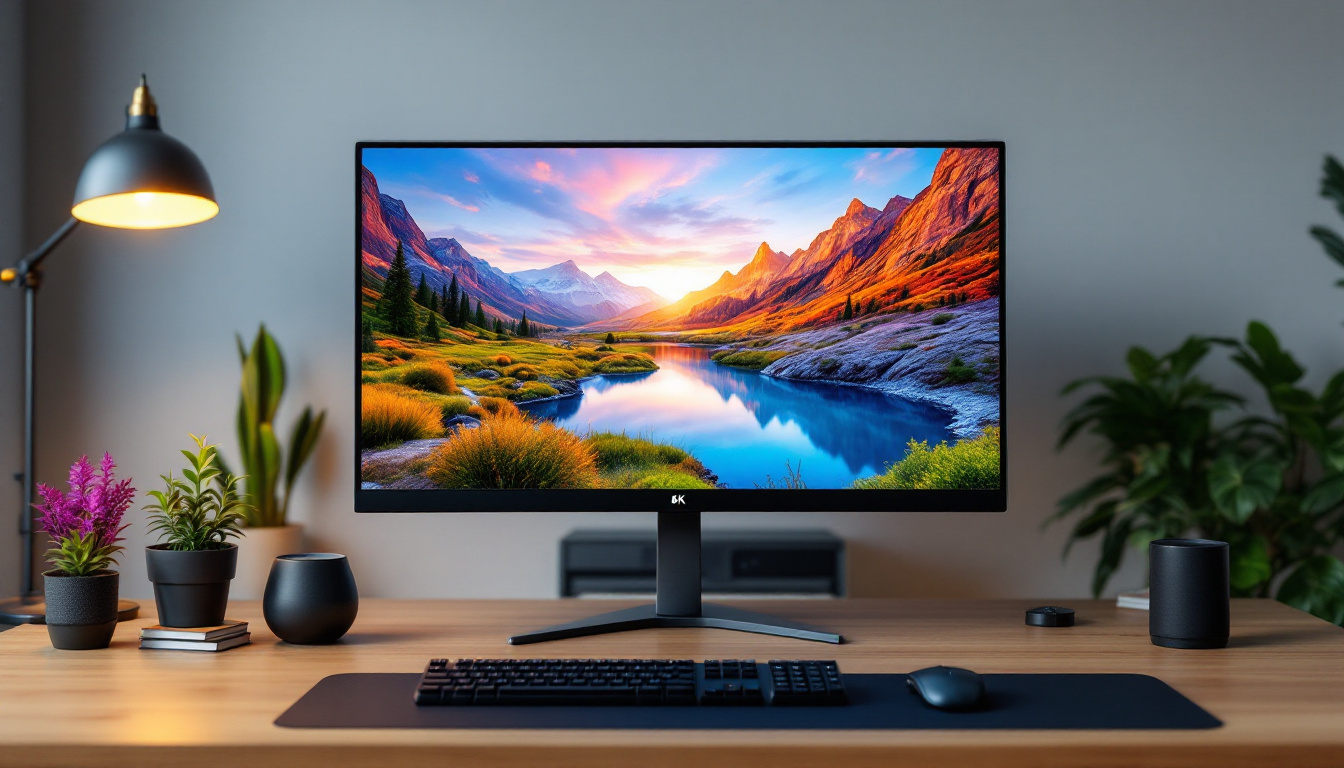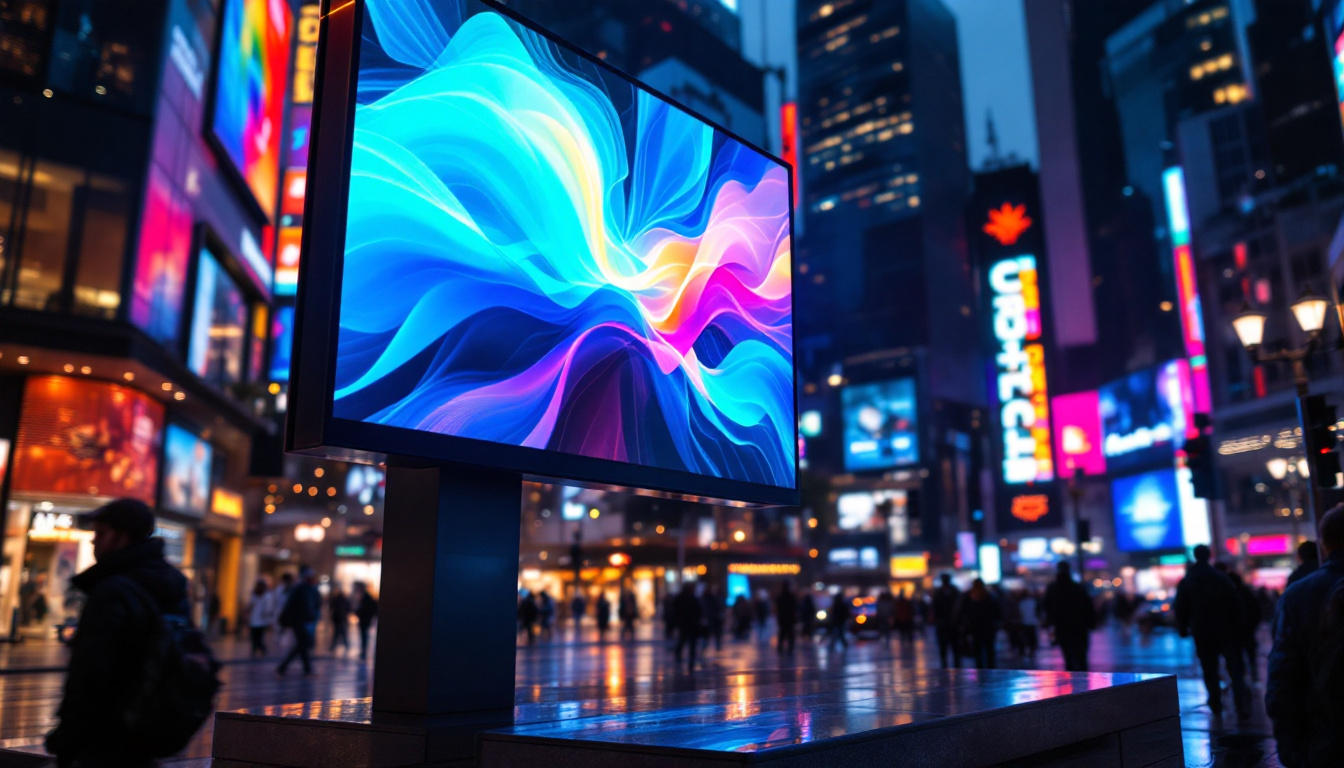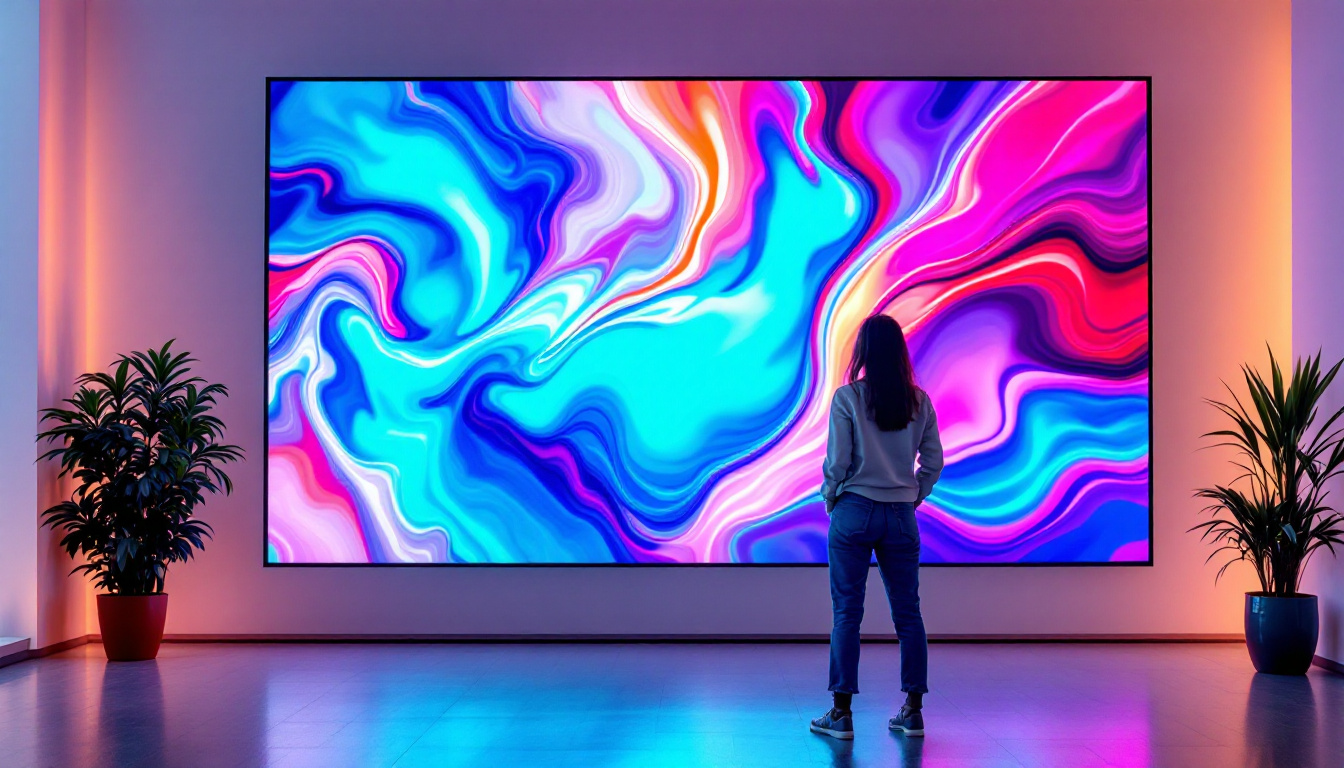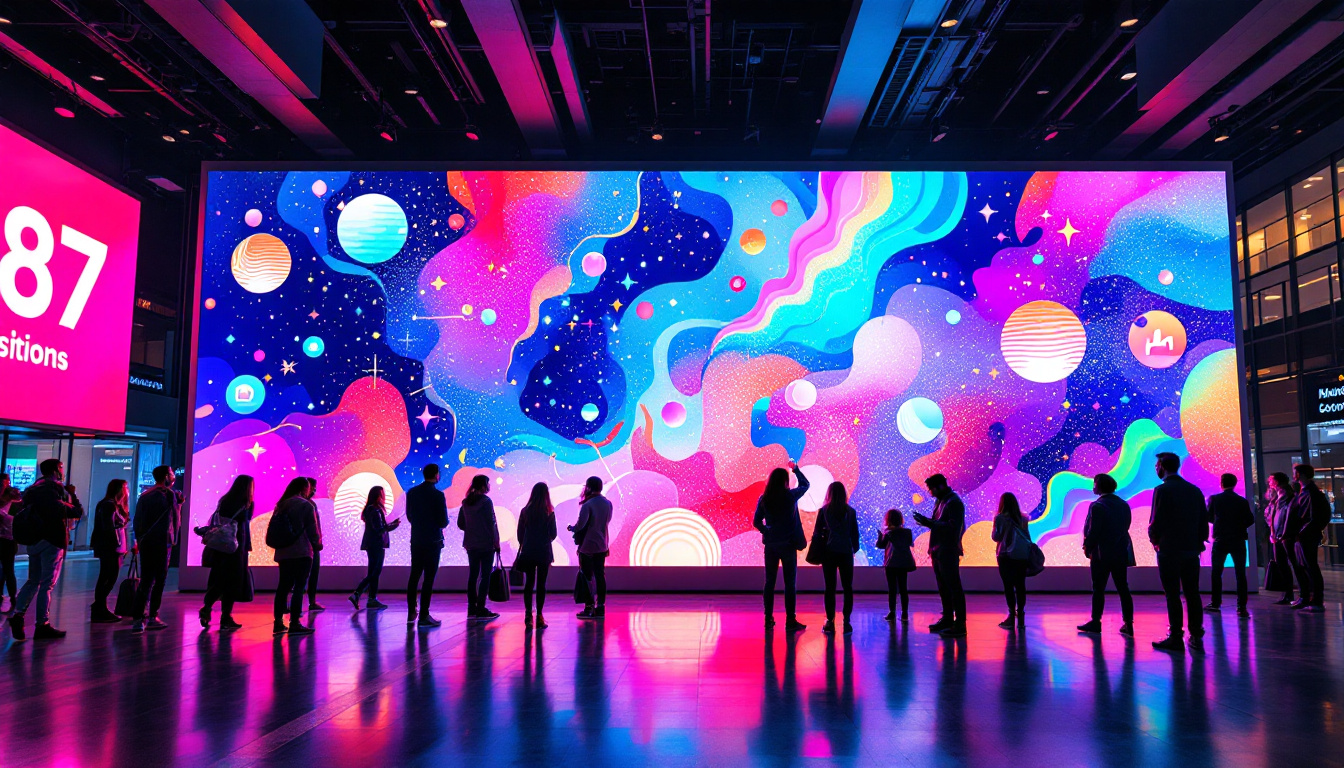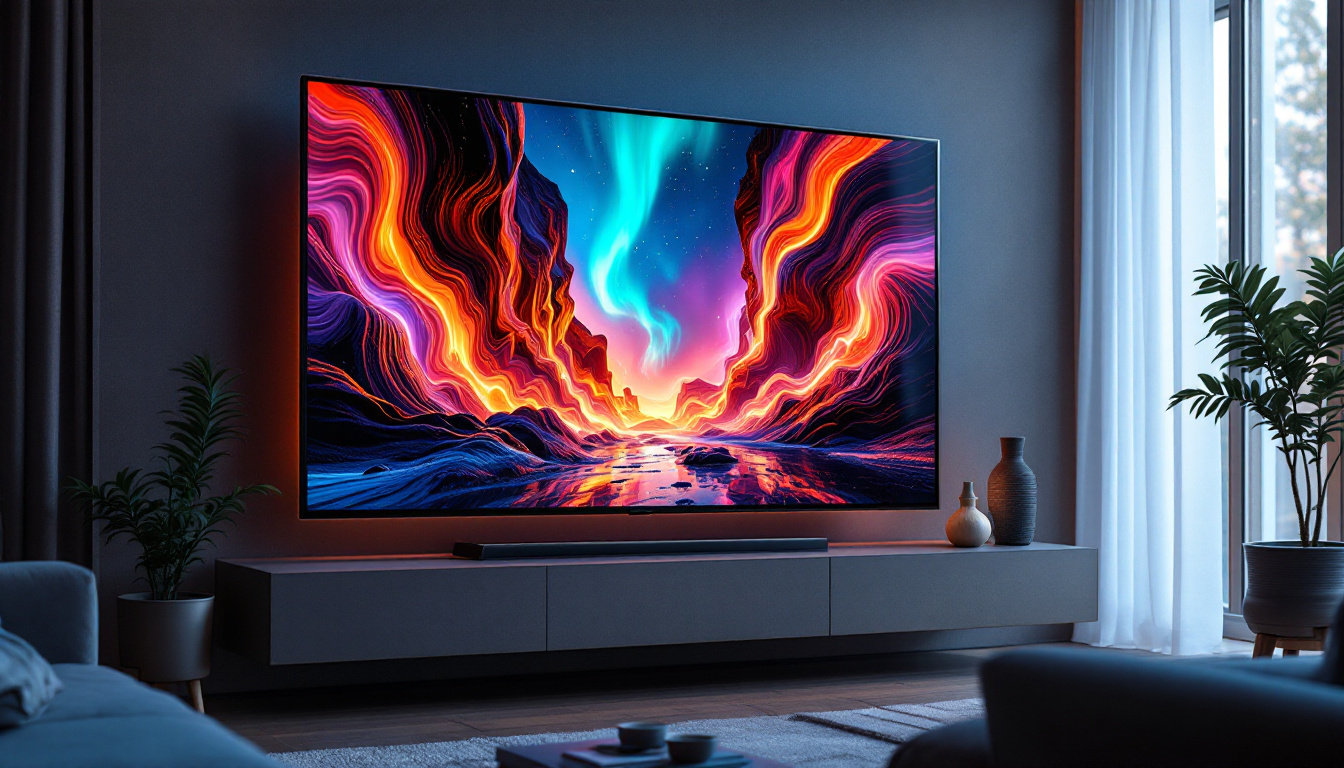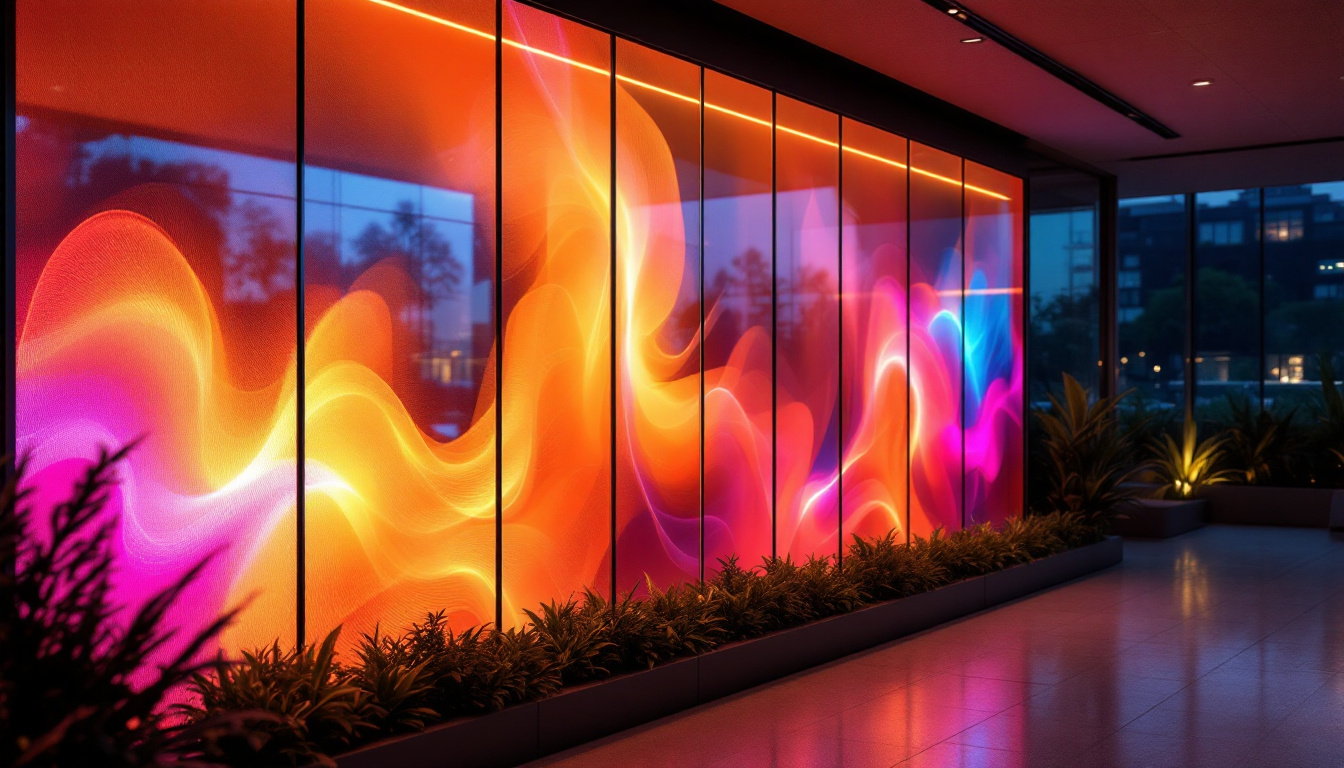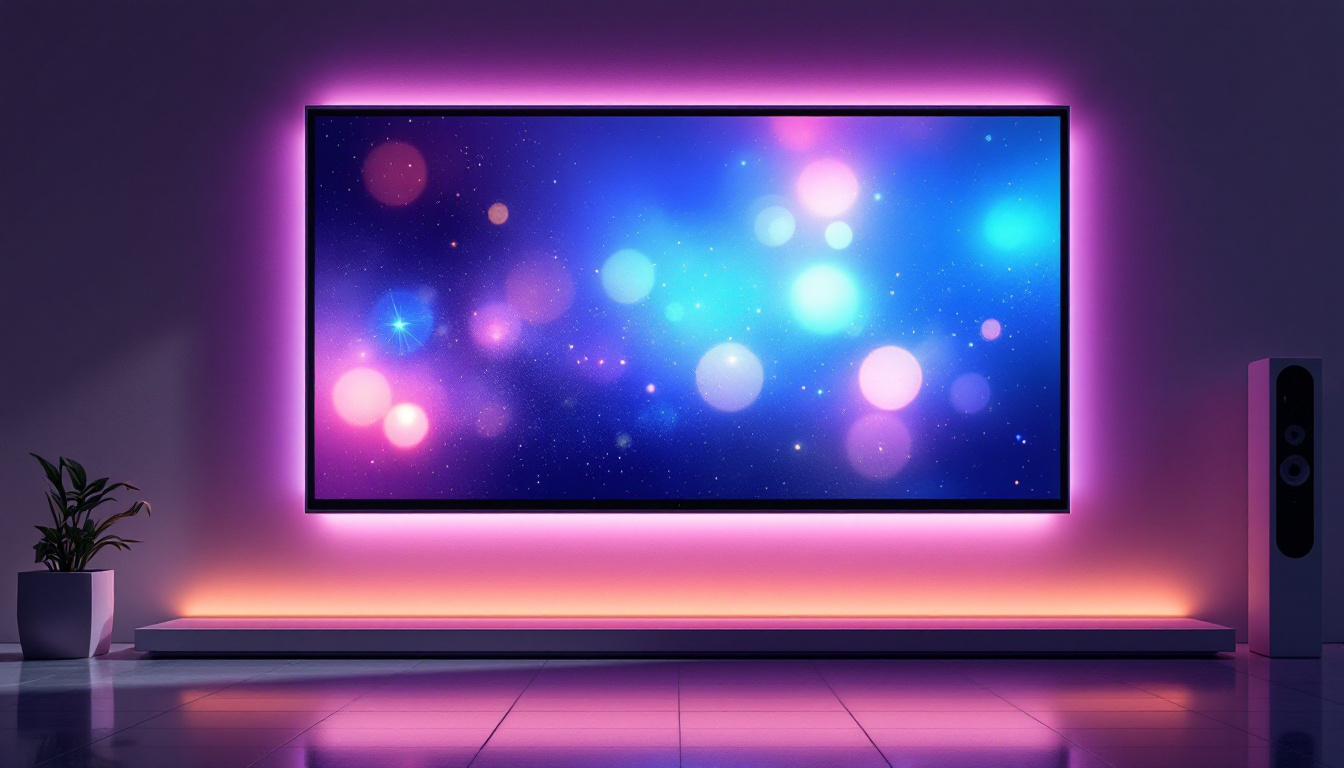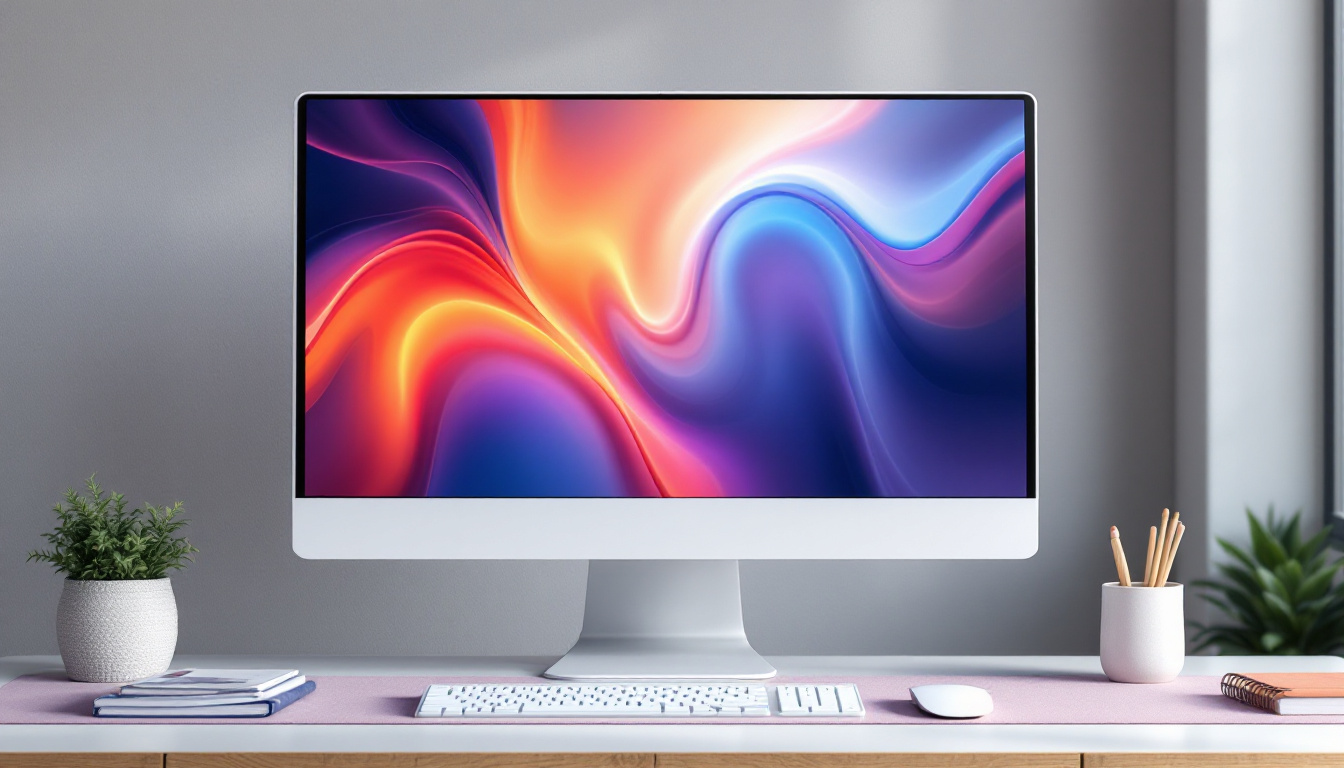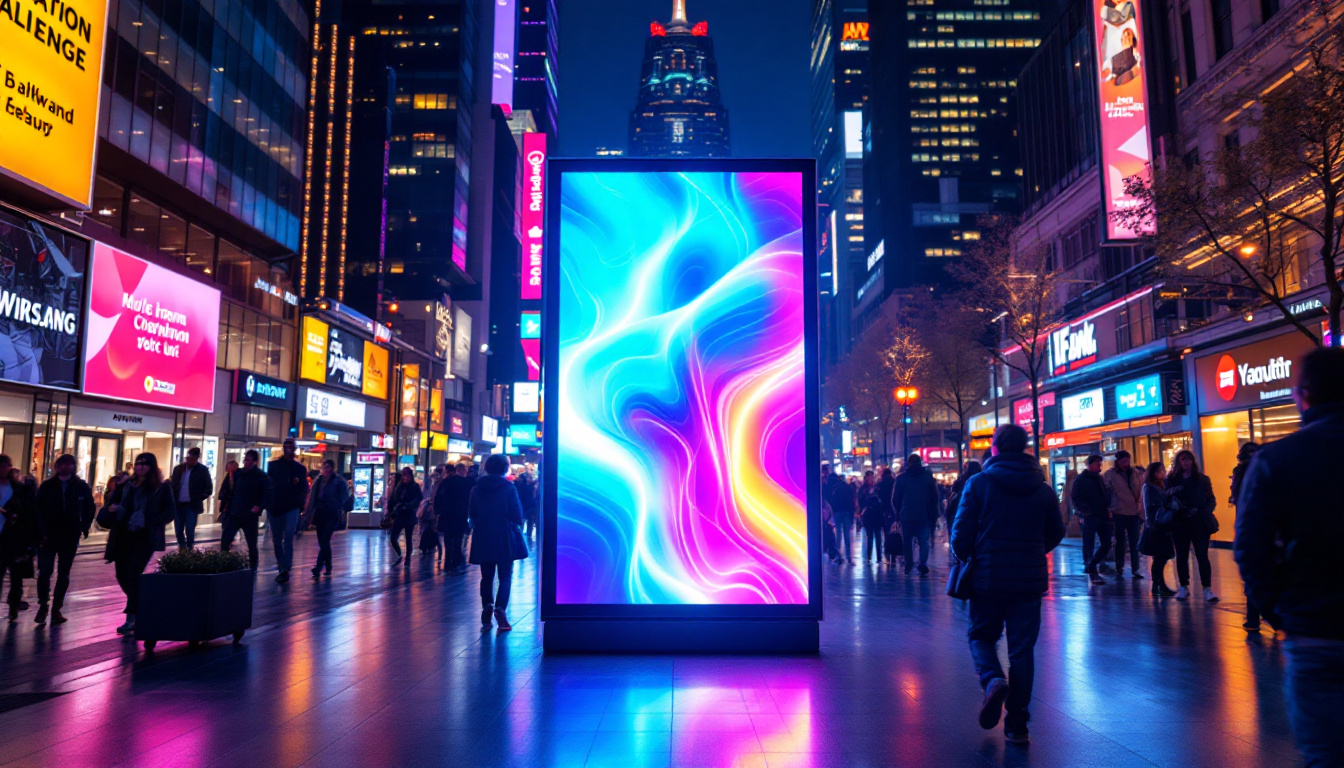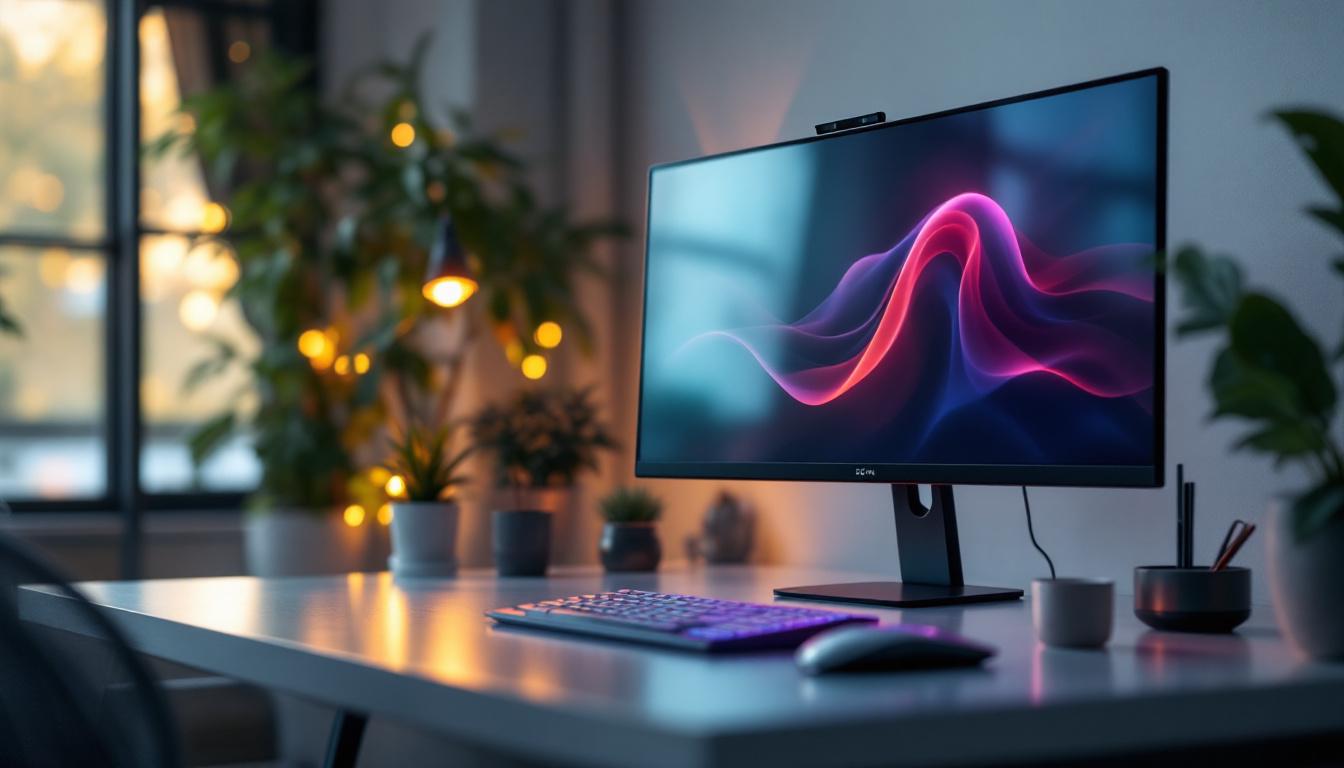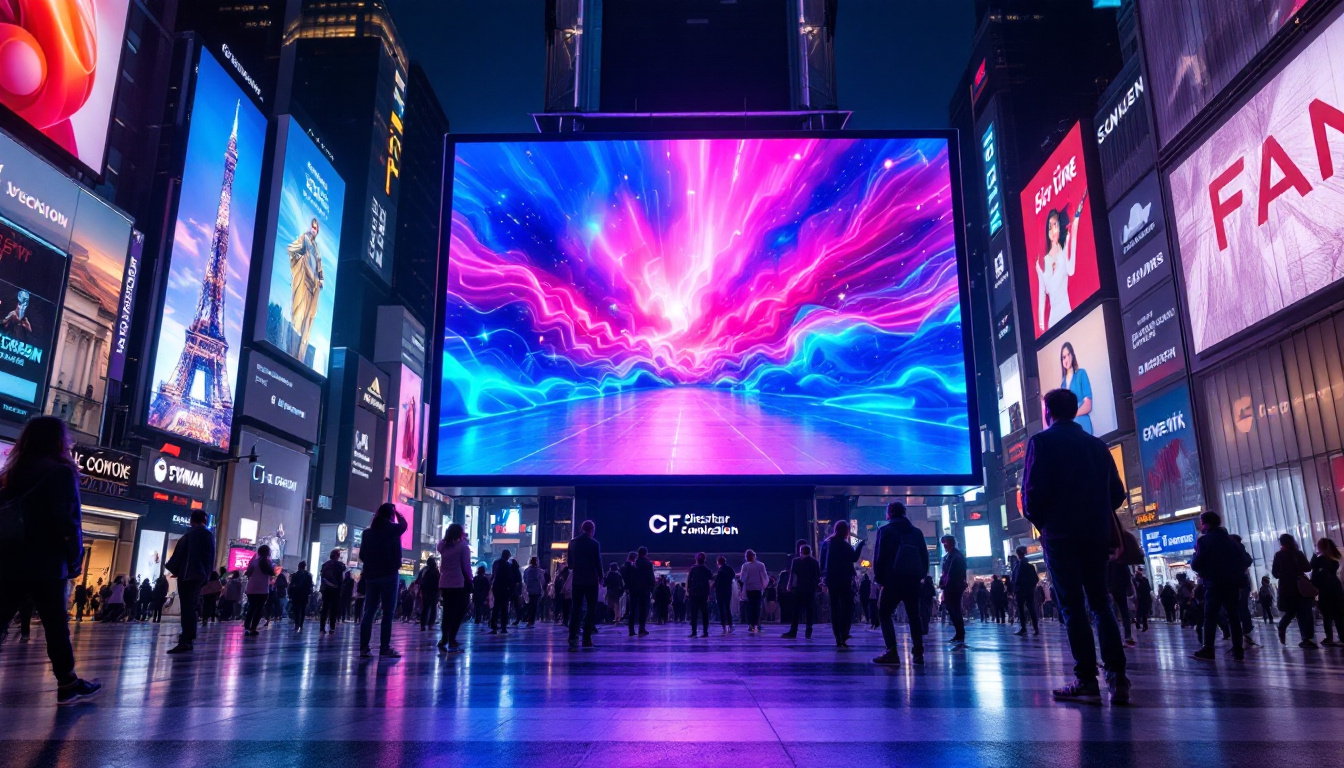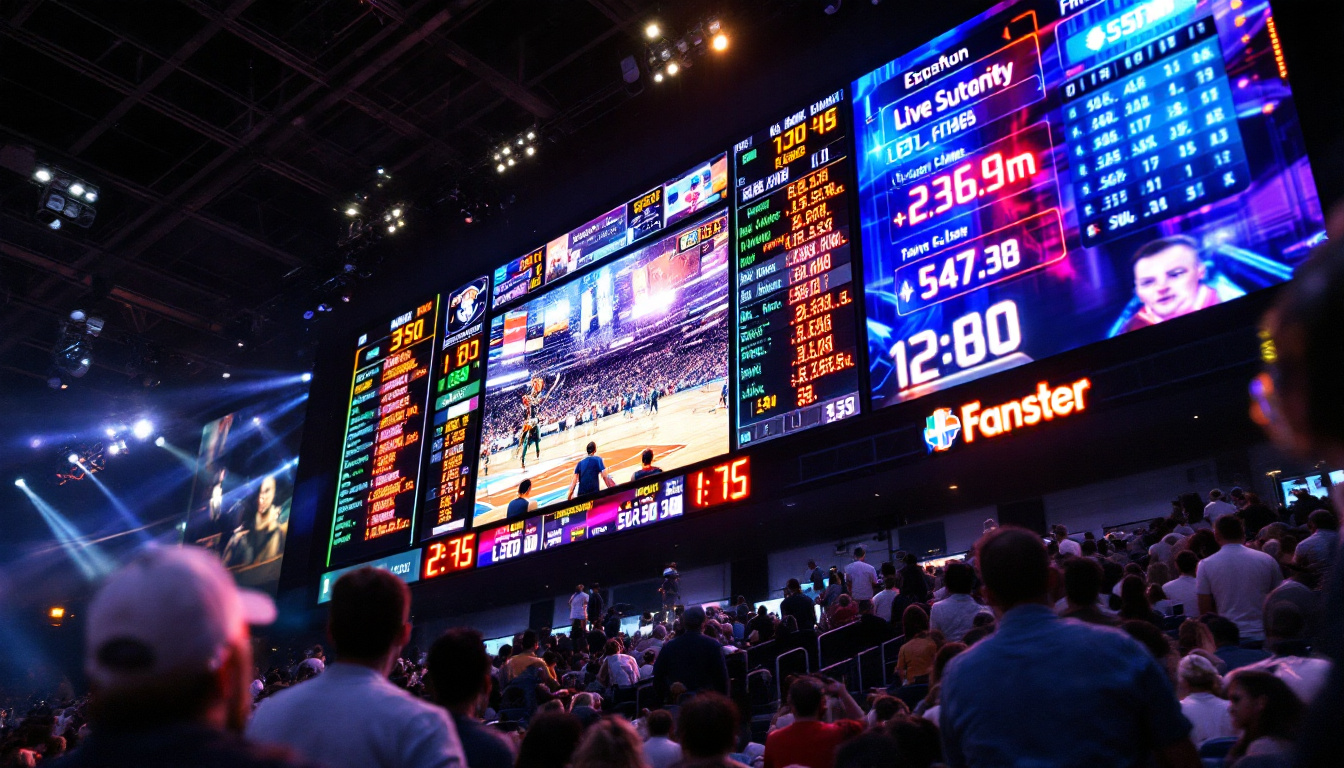Best Viewing Distance For 65 Inch TV: LED Display Explained
When investing in a new television, particularly a 65-inch LED model, understanding the optimal viewing distance is crucial for maximizing your viewing experience. The distance at which you sit from your TV can significantly affect picture quality, comfort, and overall enjoyment. This article delves into the best viewing distance for a 65-inch TV, along with factors to consider when setting up your home theater.
Understanding Screen Size and Viewing Distance
The size of a television screen plays a pivotal role in determining how far away viewers should sit. For a 65-inch TV, the general guideline is to sit at a distance that is approximately 1.5 to 2.5 times the diagonal size of the screen. This means that the ideal viewing distance can range from about 8 to 13.5 feet.
Calculating the Ideal Distance
To calculate the optimal distance, one can use a simple formula. For a 65-inch screen, measuring from the screen to the viewer’s seat should ideally be between 8 and 13.5 feet. This range allows viewers to appreciate the full detail and clarity that a high-definition display offers without straining their eyes.
For those who enjoy immersive experiences, such as gaming or watching action-packed films, sitting closer to the 8-foot mark may enhance the experience. Conversely, for casual viewing, sitting further back can provide a more relaxed atmosphere. It’s worth noting that the type of seating arrangement can also affect the viewing experience; for instance, a reclined position may necessitate a slightly different distance to maintain comfort while still enjoying the visual quality.
Considerations for Different Content Types
The type of content being viewed can also influence the ideal distance. For instance, when watching movies or high-definition sports, sitting closer can provide a more engaging experience. However, for standard definition content or regular television shows, a greater distance may be more comfortable.
Additionally, if the content includes a lot of fast-moving action, a closer distance allows viewers to catch every detail without losing track of the action. Therefore, it is essential to consider the nature of the content when determining the best viewing distance. Furthermore, the room’s lighting and wall color can also impact how the screen is perceived. Darker walls can enhance contrast and make colors pop, while bright walls might reflect light and create glare, potentially affecting the viewer’s comfort and engagement. Creating the right environment can significantly elevate the overall viewing experience, making it not just about the screen size and distance, but also about how the space is designed around it.
Factors Affecting Viewing Distance
While the screen size and content type are significant factors, several other elements can influence the ideal viewing distance for a 65-inch TV. These include room size, seating arrangement, and personal preferences.
Room Size and Layout
The dimensions and layout of the room where the TV is placed can greatly affect viewing distance. In smaller rooms, the distance may naturally be less due to space constraints. Conversely, larger rooms can accommodate greater distances, allowing for a more comfortable viewing experience.
Moreover, the arrangement of furniture can also play a role. If the seating is arranged in a way that forces viewers to sit closer to the screen, it may be necessary to adjust the viewing distance to ensure comfort and enjoyment. For instance, placing the sofa directly across from the TV rather than at an angle can help create a more immersive viewing environment. Additionally, incorporating elements such as rugs or coffee tables can help define the space and encourage optimal seating placements that enhance the overall experience.
Personal Preferences and Eye Comfort
Every viewer has unique preferences when it comes to how they enjoy their television. Some may prefer sitting closer to feel immersed in the action, while others may find it more comfortable to sit further back. Eye comfort is paramount; sitting too close can lead to eye strain, especially during long viewing sessions.
It is advisable to take breaks during extended viewing periods, regardless of the distance. This practice helps alleviate any potential discomfort and ensures a more enjoyable experience overall. Furthermore, adjusting the brightness and contrast settings on the TV can also contribute to eye comfort, as overly bright screens can exacerbate fatigue. Experimenting with different lighting in the room, such as using dimmable lamps or soft ambient lighting, can create a more relaxing atmosphere that complements the viewing experience and reduces glare on the screen.
Resolution and Viewing Distance
The resolution of a television can also impact the ideal viewing distance. A 65-inch LED TV typically offers high-definition (HD) or ultra-high-definition (UHD) resolution, which allows viewers to sit closer without noticing pixelation.
HD vs. UHD: What’s the Difference?
HD resolution (1080p) provides a clear picture, but UHD (4K) offers four times the resolution of HD, resulting in a sharper and more detailed image. This increased clarity means that viewers can sit closer to a UHD screen without sacrificing image quality.
For a 65-inch UHD TV, the recommended viewing distance can be reduced to about 5 to 10.5 feet, allowing for a more immersive experience. This is particularly beneficial for those who want to take full advantage of the advanced technology that UHD offers. Additionally, UHD content is becoming increasingly available through streaming services and Blu-ray discs, making it easier than ever to enjoy high-quality visuals. The ability to see finer details in movies and shows can transform the viewing experience, making it feel more like being part of the action rather than just a spectator.
Impact of Screen Technology
Different screen technologies can also affect viewing distance. LED TVs, for example, offer bright colors and sharp images, making them suitable for various viewing distances. OLED screens, known for their deep blacks and superior contrast, may allow for even closer viewing due to their enhanced picture quality.
Furthermore, the choice of screen technology can influence not just the viewing distance but also the overall ambiance of the viewing environment. For instance, OLED TVs excel in dimly lit rooms, where their ability to produce true blacks can create a cinematic experience. In contrast, LED TVs may perform better in well-lit spaces, where their brightness can combat glare. Understanding these differences can help consumers make informed decisions about their setup and ensure they are positioned at the best distance for their specific TV type. Moreover, factors such as room layout, seating arrangements, and even personal preferences can further tailor the viewing experience, allowing for a customized home theater setup that meets individual needs.
Setting Up Your Viewing Area
Creating an optimal viewing area involves more than just determining the right distance. Several factors contribute to a comfortable and enjoyable setup, including seating arrangements, lighting, and sound considerations.
Seating Arrangement
When arranging seating, it is essential to ensure that all viewers have a clear line of sight to the screen. This can involve positioning seats at an angle or adjusting the height of the seating to align with the TV screen.
In addition, consider the number of viewers. If the TV is intended for group viewing, the arrangement should accommodate everyone comfortably, allowing for an enjoyable experience without straining to see the screen.
Lighting Considerations
Lighting plays a crucial role in the viewing experience. Excessive ambient light can cause glare on the screen, diminishing picture quality and viewer comfort. Ideally, the room should have controllable lighting options, such as dimmable lights or blackout curtains, to create an ideal viewing environment.
For daytime viewing, consider positioning the TV away from windows or using anti-glare screens to minimize reflections. In the evening, softer lighting can enhance the viewing experience and reduce eye strain.
Enhancing the Viewing Experience
Beyond the basic setup, there are several ways to enhance the viewing experience for a 65-inch TV. From sound systems to smart technology, these additions can elevate the home theater experience.
Sound Systems
While modern TVs come with built-in speakers, investing in a dedicated sound system can significantly improve audio quality. Surround sound systems or soundbars provide a more immersive audio experience, complementing the visual aspect of the viewing experience.
Positioning speakers correctly is essential for achieving optimal sound quality. Ideally, speakers should be placed at ear level and angled towards the viewing area to create a balanced sound stage.
Smart Technology Integration
Incorporating smart technology can also enhance the viewing experience. Smart TVs offer access to streaming services, apps, and internet browsing, providing viewers with a wide range of content options. Voice control and smart home integration can further simplify the viewing experience, allowing for seamless control of devices.
Additionally, consider using a universal remote or smart home hub to streamline control over multiple devices, making it easier to switch between different content sources without hassle.
Conclusion
Determining the best viewing distance for a 65-inch LED TV involves considering multiple factors, including screen size, resolution, room layout, and personal preferences. By following the general guideline of sitting 8 to 13.5 feet away, viewers can ensure they enjoy the full benefits of their television’s capabilities.
Ultimately, creating an optimal viewing environment goes beyond just distance. Thoughtful consideration of seating arrangements, lighting, and sound systems can significantly enhance the overall experience. By paying attention to these details, viewers can transform their home into a comfortable and enjoyable theater-like setting.
Whether watching movies, gaming, or enjoying sports, understanding the nuances of viewing distance and setup can make all the difference in achieving an engaging and pleasurable viewing experience.
Enhance Your Viewing Experience with LumenMatrix
Ready to take your home theater to the next level? LumenMatrix is at the forefront of LED display technology, offering a wide range of innovative solutions to elevate your viewing experience. From immersive Indoor LED Wall Displays to dynamic Outdoor LED Wall Displays, our products are designed to captivate and engage. Discover how our LED Sports Displays and Custom LED Displays can transform your entertainment space. Don’t just watch; immerse yourself in the action with LumenMatrix. Check out LumenMatrix LED Display Solutions today and see the difference cutting-edge technology can make.

